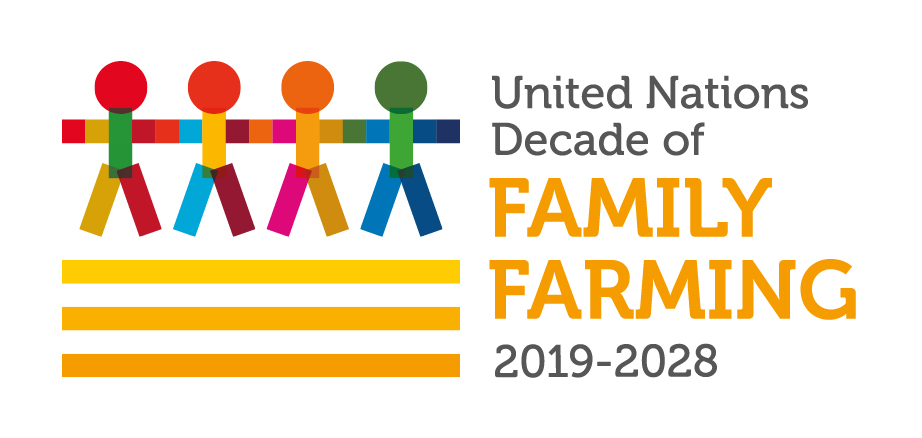Challenges and Opportunities for forest user organizations in forest resource
management and sustainable forest based livelihoods
Presentation by
Reymondo A. Caraan
Senior Program Officer, Securing Community Forestry
RECOFTC, The Center for People and Forests
August 2-3, 2015, Yangon, Myanmar
Mr. Reymondo Caraan (RECOFTC) gave an overview on how to get more rights awarded to forest communities, where we are now in terms of implementing community forestry, what RECOFTC is doing, and stressed that governments should be made aware that people have rights. RECOFTC has main office in Bangkok, and country offices in China and Japan, among others; his report was mostly focused on Southeast Asia where RECOFTC is operating.
REYMOND shared that RECOFTC embraces a broad definition of ‘community forestry’ that includes all aspects, initiatives, science, policies, institutions, and processes that increase the role of all local peoples—including women, youth and disadvantaged groups—in governing and managing forest resources. It consists of informal, customary and indigenous, and formal or government-led initiatives.
- Community forestry includes a variety of institutional arrangements such as indigenous management of sacred sites of cultural importance, direct community control or management of forest areas, small-scale forest-based enterprises, forest out-grower schemes, company-community partnerships, and other forms of decentralized and devolved forest management.
- Since its very inception, the concept of ‘Community Forestry’ has added new dimensions to forest management and governance. By seeing people through the trees, it has helped to make the forest sector a more dynamic and interesting field of work. More concretely, over the years Community Forestry has proved itself to be one of the most appropriate and effective strategies for working towards achieving sustainable forest management.
- Community forestry calls for a fundamental “change” in the way forest resources are used – that they be managed and governed by local and indigenous people for their own direct benefit. By putting local people at the heart of forest decision-making and management, community forestry can make sustainable forest management a reality.
- Community forestry is a solution for people and forests in improving livelihoods, reducing deforestation, and good governance.
- There is ample evidence that community forestry can contribute to local livelihoods, reducing deforestation and improving forest condition, and strengthening good governance, i.e. community forestry contributes to all 3 pillars of sustainable development – the economic, the environmental and the social.
REYMOND presented the current status of community forestry in Asia. There are different types of rights (“bundle of rights”) awarded to forest peoples:
- Access to resource
- User rights
– withdraw from resources, exploit resources, e.g., cut trees, harvest
- Control, decision-making rights
- Management rights
- Exclusion rights
– if you have these rights, you can exclude others to cut from your forests
- Alienation rights
– or transfer rights which you can pass on (e.g. allowed in China)
- Property rights
REYMOND also explained the bundle of rights in ASEAN “Social Forestry” – e.g., Access Rights is given by all in ASEAN, while withdrawal rights are more limited (e.g., timber cutting is usually disallowed especially for commercial purposes). Management rights is allowed, while exclusion rights is allowed in some countries although the policies are not clear (e.g., Malaysia, Thailand, Laos). Alienation rights are not allowed, except in Myanmar.
In terms of acquiring these rights for local people, 15.9 million is the target, but progress is very slow. Myanmar has only reached 4% of its target, Indonesia – 5%, Cambodia – 9%. In the Philippines, 45% has been achieved but after 2008, there is no target. Vietnam is highest at 95%.
The official figure of community forests in ASEAN is 2% of total land area, which is a very small percentage, and much work needs to be done. The awarding of community forestry is slow and low compared to the deforestation happening in Southeast Asia – deforestation continues to outpace community forest growth by 6:1.
REYMOND said that community forestry is developing slowly due to a number of reasons:
- inadequate legal frameworks
- complex and time-consuming nature of land allocation
- overly restrictive rules
- complex and bureaucratic procedures
- limited financial resources and capacities at local level
- limited profitability of social forestry (hence government is not interested, land awarded is marginal, degraded lands, no trees).
What can be done?
- Revise legal frameworks to strengthen local rights to own and manage forest lands
-simplify land allocation processes and administrative procedures
-allocate better quality forests that can generate greater social and economic benefits
-build technical and financial capacity at the local and national levels
-more effective work on achieving community forestry targets per country
- awareness raising is not only to rights holders but also to duty-bearers.
REYMOND shared what RECOFTC is doing:
- trainings on strengthening tenure systems, also to government officials, developing training manual on rights-based approach, training/coaching
- community forest development
- information management and communication
- networking and learning groups
- policy and regulatory framework development
REYMOND ended by saying that community forestry can make wealthy rural communities and healthy forests happen.
Download this presentation: scaling-up-cf-afa





Comments are closed